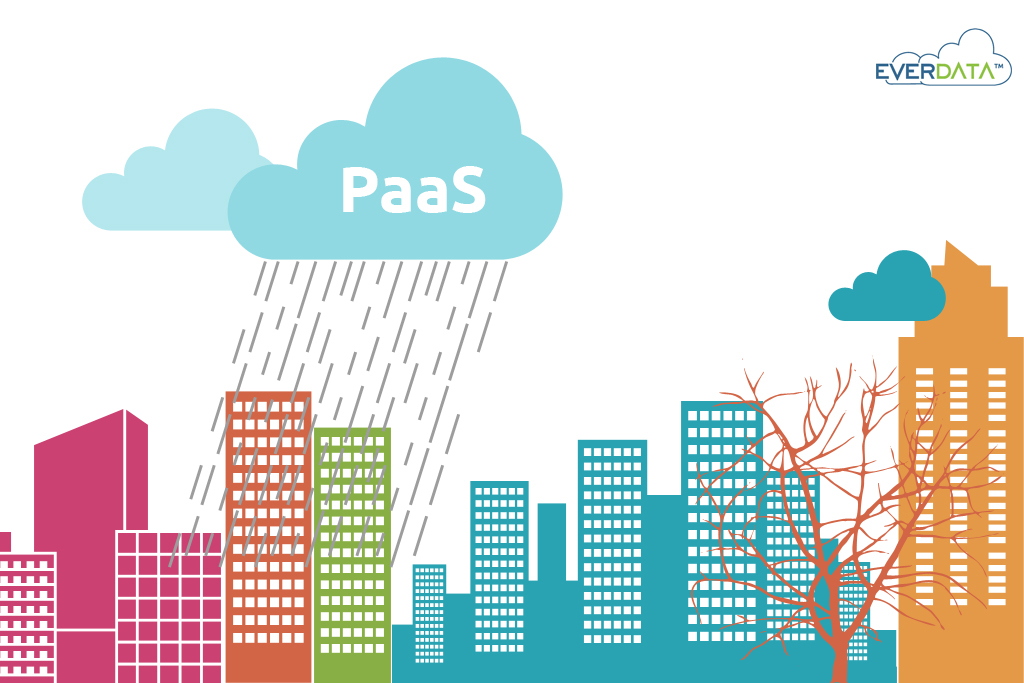
Submitted by Akshay on
How businesses are re-assessing their processes and finding better ways to develop their applications with the use of the right PaaS cloud cloud architecture. 
Businesses are taking the next step in their application development to quickly get their products to market and into users’ hands. They do this by investing in a PaaS cloud on-demand technology with multi-cloud capabilities, multilingual platforms, and automatic scalabilities.
PaaS cloud (Platform as a Service) is a cloud computing service that has established itself as a cornerstone in laying down software development standards, not only to SMEs but to large-scale enterprises as well.
Why do businesses invest in PaaS cloud?
PaaS cloud includes the framework, libraries, deployment machinery, user interface, and plugin tools that simplify software development and delivery. The best PaaS cloud platform enables you to scale automatically and features tools that are flexible, comprehensive, and easy to use.
With the PaaS cloud model, users can just log on and use the resources they only need without worrying about programming complexities.
• Businesses are investing in PaaS cloud to eliminate hassle in the delivery of new products and services to their customers. From SMEs to multinational corporations, they go to the cloud because it gives them the ability to run applications exactly the way they want.
• PaaS cloud provides a set of services and controls that software developers use to develop and test applications without altering the underlying infrastructure, OS or middleware configurations.
• PaaS cloud platforms are cost-effective; businesses can use virtualized computing power with a usage-based fee structure that lets them only pay for what they use.
• PaaS cloud doesn’t require considerable programming expertise; this cloud platform makes it possible for non-software developers and programmers to build their applications, thus allowing businesses and non-technical departments to automate their business operations efficiently.
• PaaS cloud provides speed and security; it enables businesses to automate, thus dramatically reducing time to market manually.
• PaaS cloud allows deployment and management of applications across any cloud, thus freeing businesses to make independent infrastructure decisions that best serve their needs.
• Finally, PaaS cloud features dynamic scalability. The right PaaS cloud features a design architecture that makes scaling vertically and horizontally simple.
Who uses PaaS Cloud?
Software developers. Most companies employ software developers working in-house or outsourcing them to build, customize, and incorporate software required to run the business. These developers may find PaaS cloud platforms useful because they are collaboration-enabled, has broad delivery options, and includes richer applications (such as analytics reporting).
Independent software vendors/providers. ISVs are organizations/companies that specialize in developing and selling software products. PaaS cloud is great for ISVs of all sizes looking to speed up their development lifecycle, have limited budgets, or scant IT resources. ISVs embrace PaaS cloud because they can just focus on the software stack, and just leave automated scaling and infrastructure support management to the PaaS cloud provider.
Indeed, PaaS cloud is creating a new age of innovation. Software developers around the world are given access to limitless computing power. Now, anyone with Internet connection can develop robust applications and effortlessly deploy them to users in multiple locations. As users claim, PaaS cloud represents the “killer app” Hughes, 2015 that makes the cloud a valuable asset to any business.
PaaS cloud has apparently found its place alongside the corporate SaaS and IaaS, and makes work easier for all business entrepreneurs and giant corporations without requiring complicated programming. This is the age of PaaS cloud, and it’s revolutionizing the way how companies are integrating virtualization as part of their day to day work operations.


Add new comment